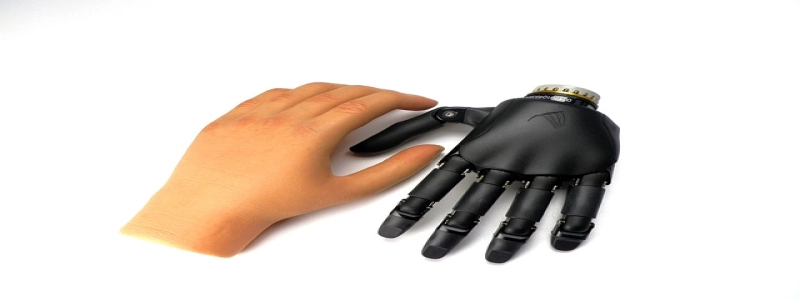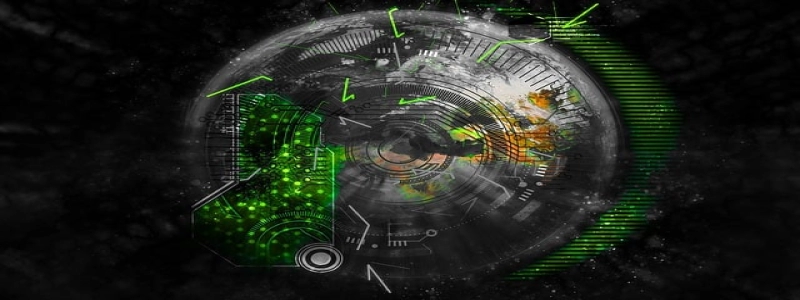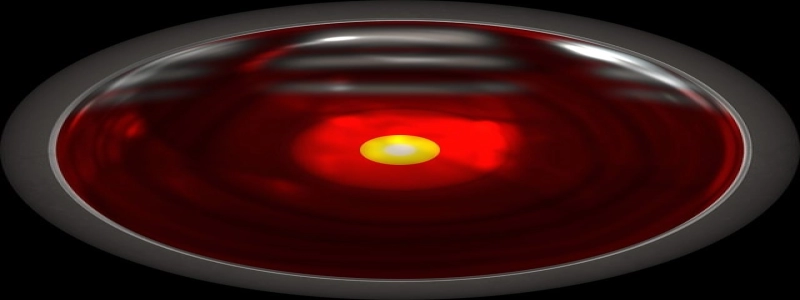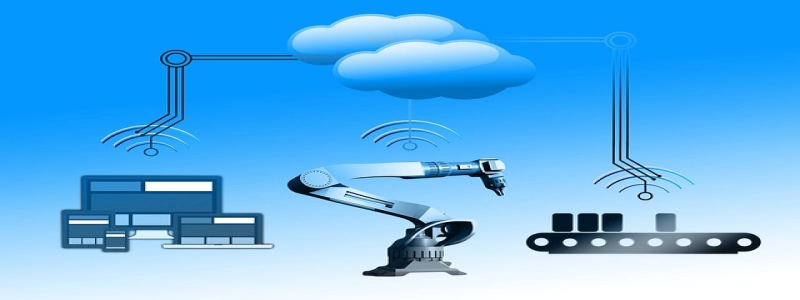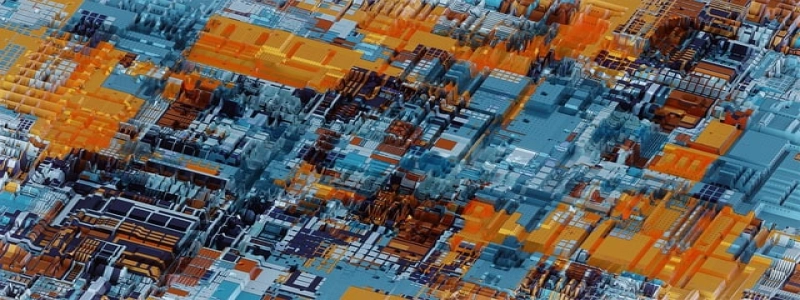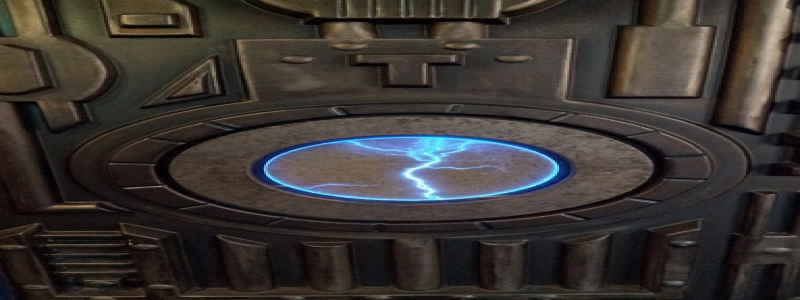Ethernet Over Fiber
Introduction:
Ethernet over fiber is a technology that allows for the transmission of Ethernet signals over fiber optic cables. It is a reliable and efficient method of communication which offers higher bandwidth and faster speeds compared to traditional copper-based Ethernet connections. In this article, we will explore the various aspects of Ethernet over fiber and its benefits.
Benefits of Ethernet over Fiber:
1. Higher Bandwidth: Fiber optic cables have a much higher bandwidth compared to copper cables. This means that Ethernet over fiber can support faster data transmission rates, allowing for more data to be transferred in a shorter period of time. This is particularly beneficial for businesses that require large amounts of data to be transmitted on a regular basis.
2. Longer Transmission Distances: Fiber optic cables have the ability to transmit data over longer distances compared to copper cables. Ethernet over fiber enables communication across longer distances without any signal degradation, thereby providing seamless connectivity even in geographically dispersed networks.
3. Increased Security: Fiber optic cables are more secure compared to copper cables. Since fiber cables transmit data using light signals, it is extremely difficult to tap into the network and intercept the data being transmitted. This makes Ethernet over fiber a preferred choice for organizations that handle sensitive and confidential information.
4. Immunity to Electrical Interference: Copper cables are susceptible to electrical interference from various sources such as power lines, motors, and electronic equipment. Fiber optic cables, on the other hand, are immune to electromagnetic interference, ensuring a stable and uninterrupted data transmission. Ethernet over fiber provides a reliable connection, even in environments with high electrical noise.
Implementation of Ethernet over Fiber:
1. Fiber Optic Cables: Ethernet over fiber requires the deployment of fiber optic cables. These cables consist of thin strands of glass or plastic, which transmit data using pulses of light. These cables are capable of carrying large amounts of data over long distances without any loss of signal quality.
2. Optical Transceivers: Optical transceivers are used to convert electrical signals into light signals and vice versa. These transceivers are installed at both ends of the fiber optic cables and serve as interfaces between the Ethernet devices and the fiber optic network. They ensure seamless communication between devices by converting electrical signals into light signals for transmission over the fiber optic cables.
3. Ethernet Switches: Ethernet switches are used to connect multiple Ethernet devices in a network. In the case of Ethernet over fiber, switches equipped with fiber optic ports are required to establish connections between devices using fiber optic cables. These switches enable efficient data routing and transmission in the network.
Conclusion:
Ethernet over fiber is a reliable and efficient technology that offers numerous benefits for organizations. With higher bandwidth, longer transmission distances, increased security, and immunity to electrical interference, Ethernet over fiber provides a superior connectivity solution compared to traditional copper-based Ethernet. As businesses continue to rely on large amounts of data for their operations, Ethernet over fiber is becoming increasingly popular as a cost-effective and future-proof communication technology.
